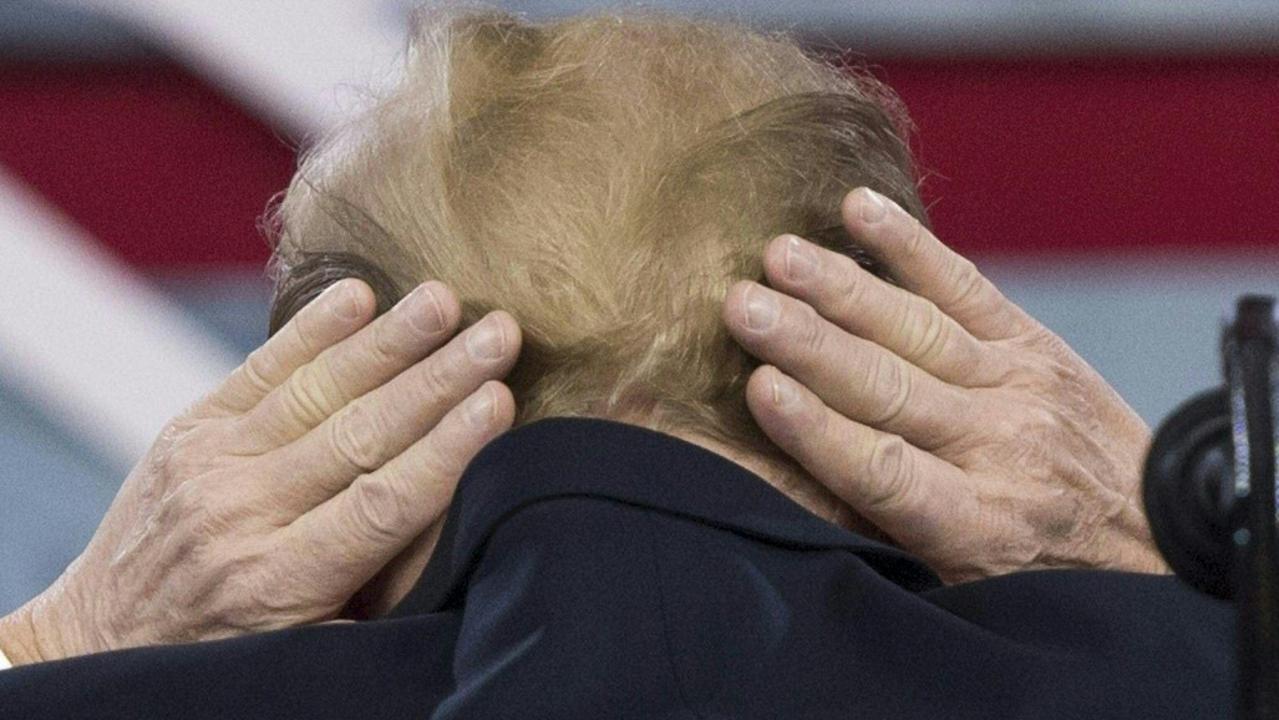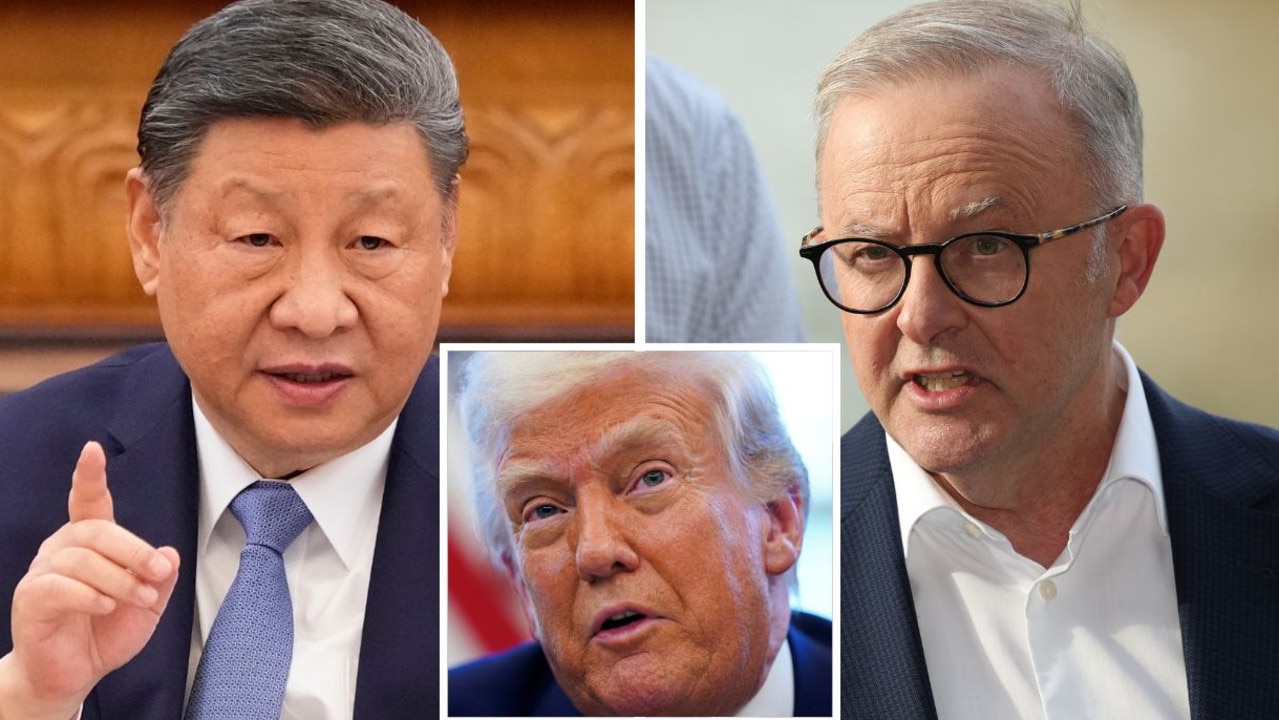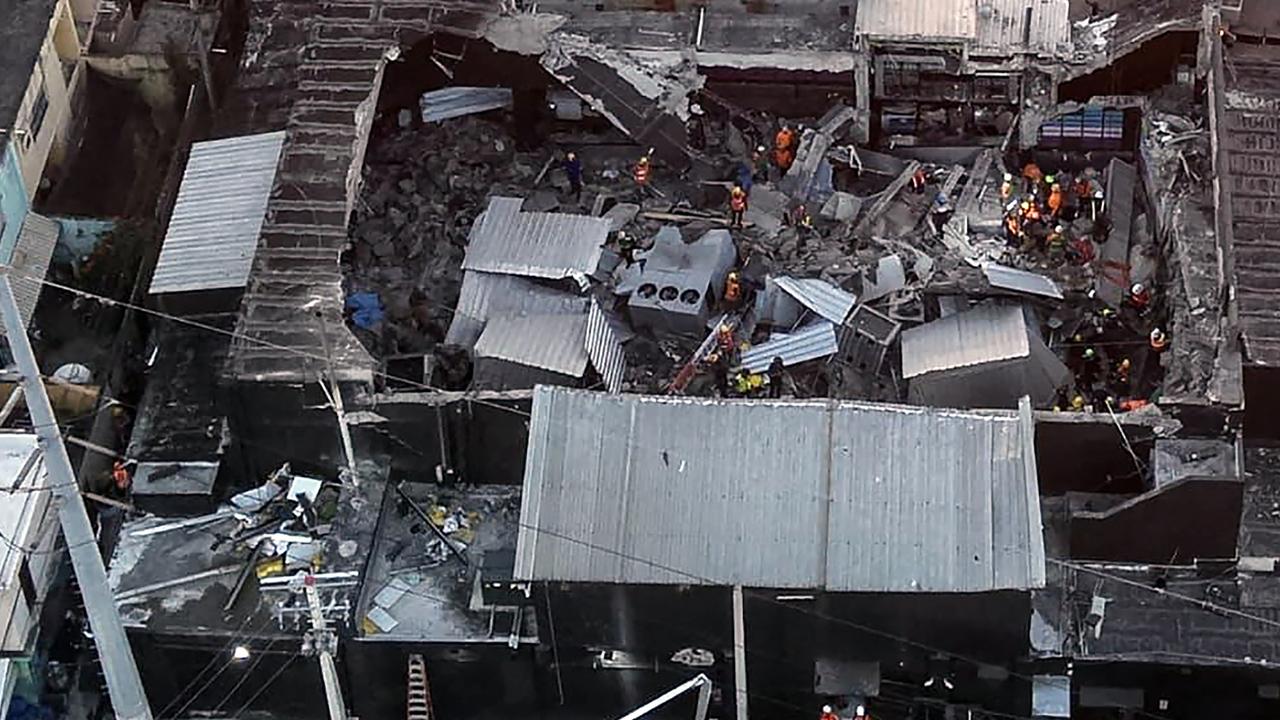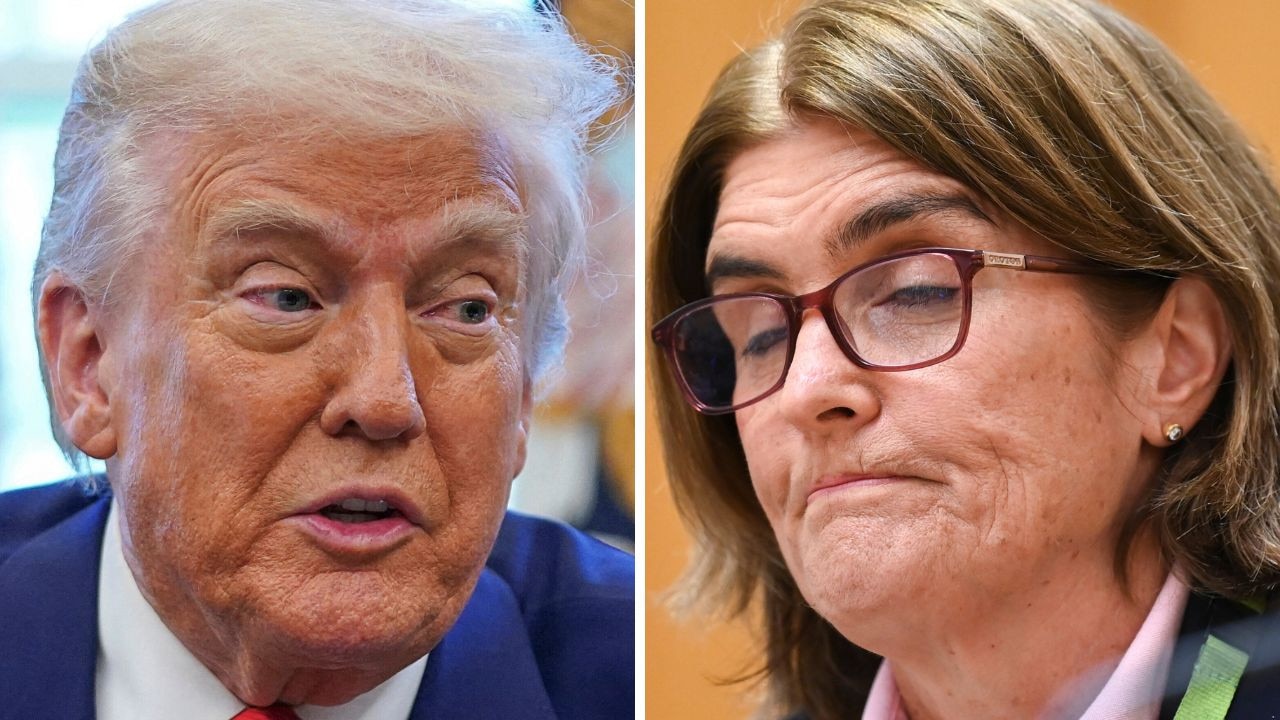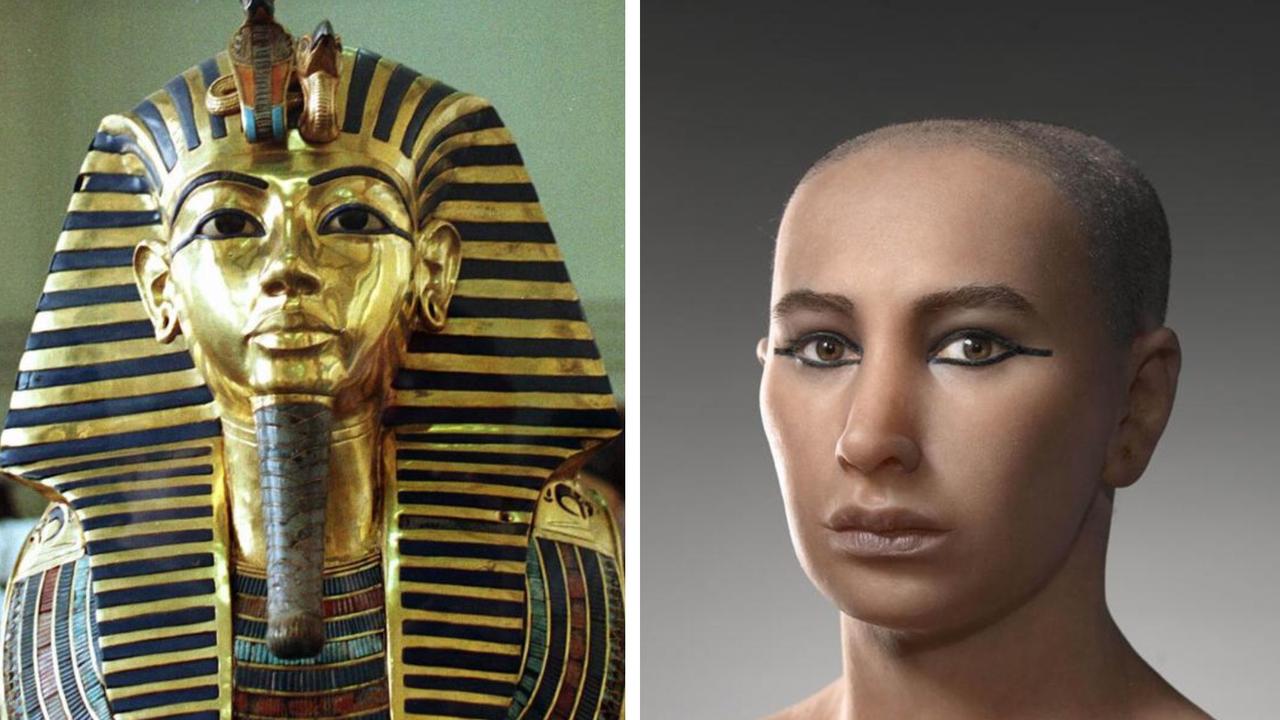Russia has spent two years rebuilding biological weapons lab
Russia has secretly renovated and expanded a Cold War biological weapon lab which was used to experiment on the Ebola virus – a haemorrhagic fever with a mortality rate of up to 90 per cent.
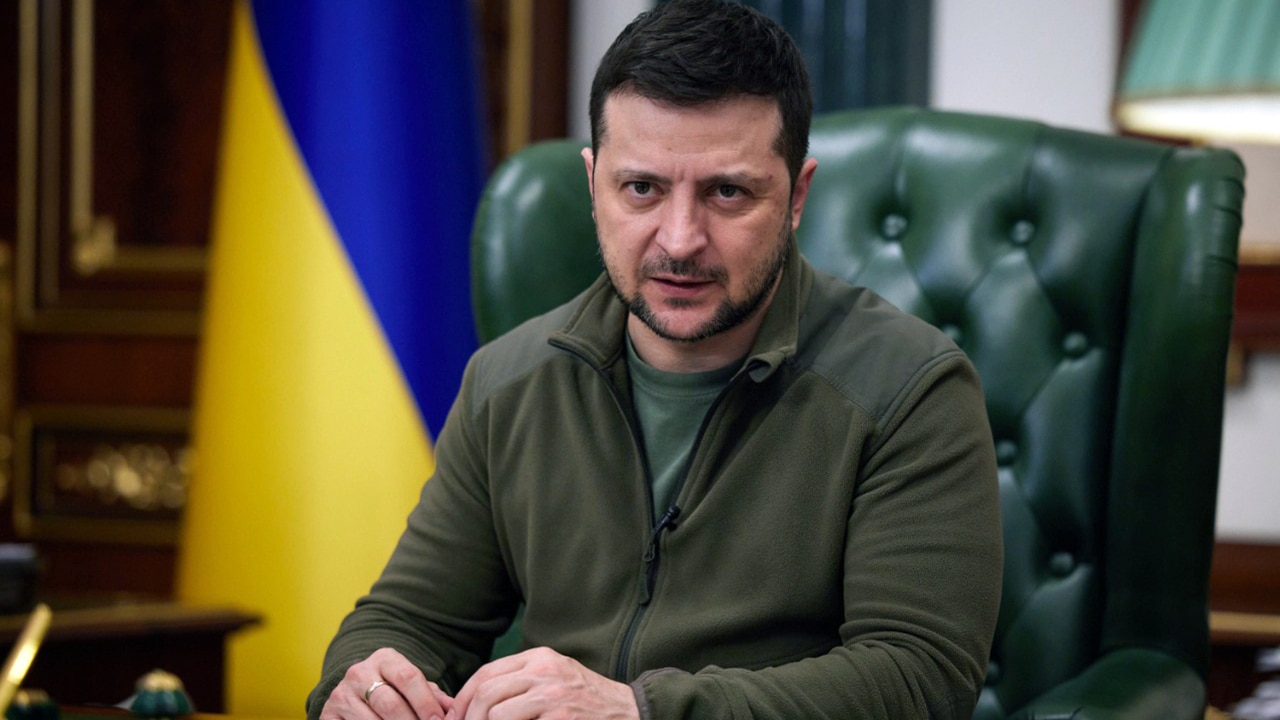
World
Don't miss out on the headlines from World. Followed categories will be added to My News.
Global intelligence agencies have their eyes on Russia after revelations they have revived and significantly expanded a Cold War era biochemical weapons lab historically used to experiment on ebola and smallpox viruses.
An investigation by the Washington Post has revealed the alarming scale of construction at the Sergiev Posad-6 lab site in the two years since Russia invaded Ukraine.

As well as overhauling the facility, aerial imagery shows Moscow has built underground bunkers, ramped up security and even constructed a power plant.
The revelations come after Russian officials confirmed last month they were studying the viruses to protect their people from bioterrorism.
Russian President Vladimir Putin has long claimed the US is hiding biochemical weapons labs in Ukraine.
America has repeatedly denied the unfounded claims.
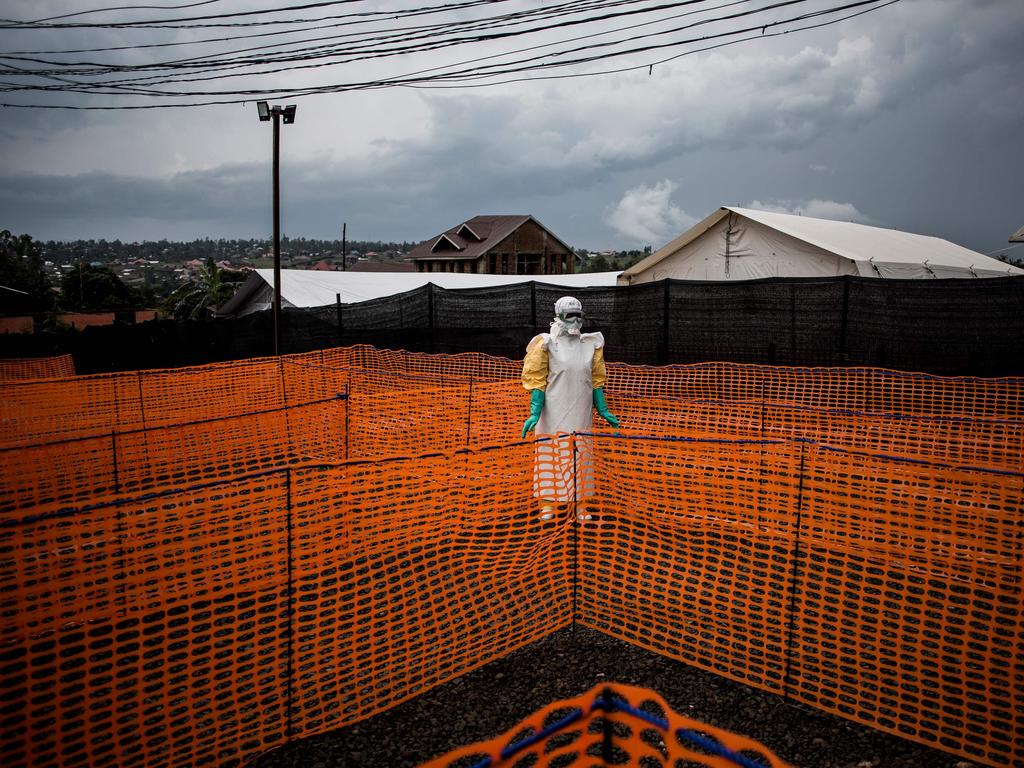
Ebola is a haemorrhagic fever with a mortality rate of up to 90 per cent.
Infected patients die by haemorrhaging to death through unstoppable nosebleeds and bloody diarrhea.
Moscow has been fixated on the gruesome virus for decades, claiming in 2016 to have created a vaccine and a drug to treat it.
Putin offered assistance to West Africa during the most recent ebola outbreak in 2022.
The 2014-2016 West African ebola outbreak killed 11, 325 people.
NORTH KOREAN TROOPS APPEAR TO BE IN UKRAINE
A North Korean flag appeared to be flying next to the Russian flag in Ukrainian territory suggesting Pyongyang troops have been deployed to the frontline.
If the photo is confirmed, it would be the first time a third country has troops on the ground in the bloody three-year war.
The blurry photo is said to have been taken near the besieged key city of Pokrovsk in Donetsk Oblast, Ukraine, and shows the two flags flying between the trenches.
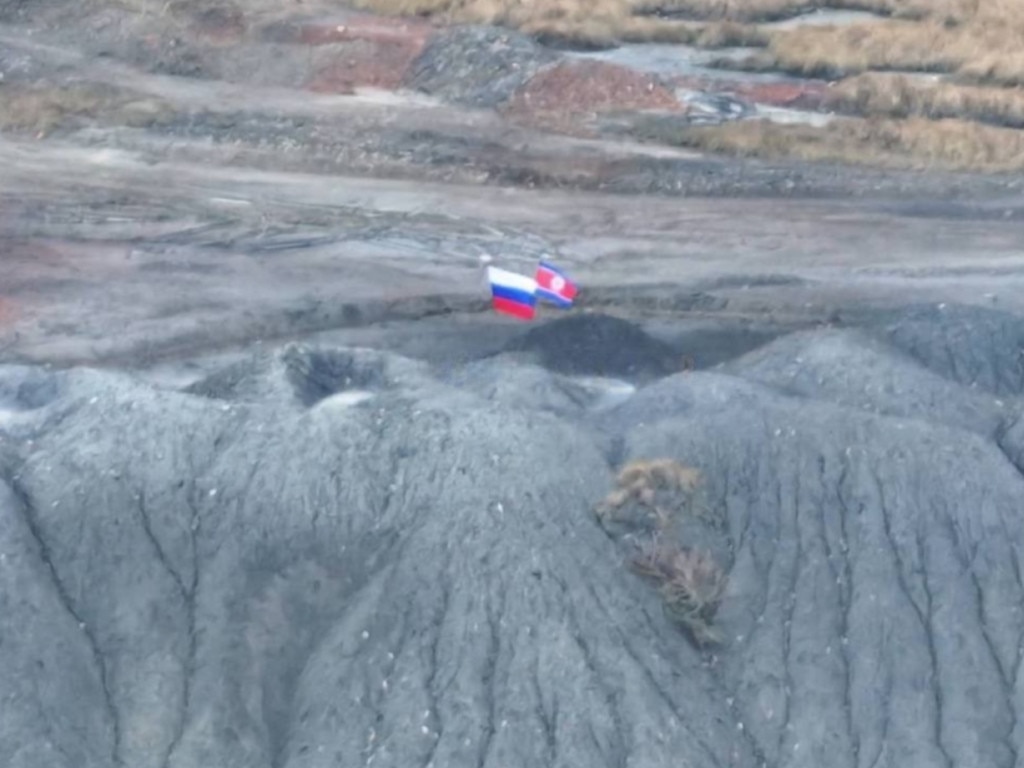
US Secretary of Defence Lloyd Austin confirmed intel that thousands of North Korean troops have been deployed to Russia to reporters travelling with him in Italy on Wednesday
“We are seeing evidence that there are North Korean troops that have gone to Russia,” Mr Austin said.
“What, exactly, they’re doing is left to be seen.”
White House National Security Adviser John Kirby also commented on the issue on Wednesday.
“Between early to mid-October North Korea moved at least 3000 soldiers into eastern Russia,” Mr Kirby said.
“They are currently undergoing training. We do not yet know whether these soldiers will enter into combat alongside the Russian military, but this is a certainly highly concerning probability.”
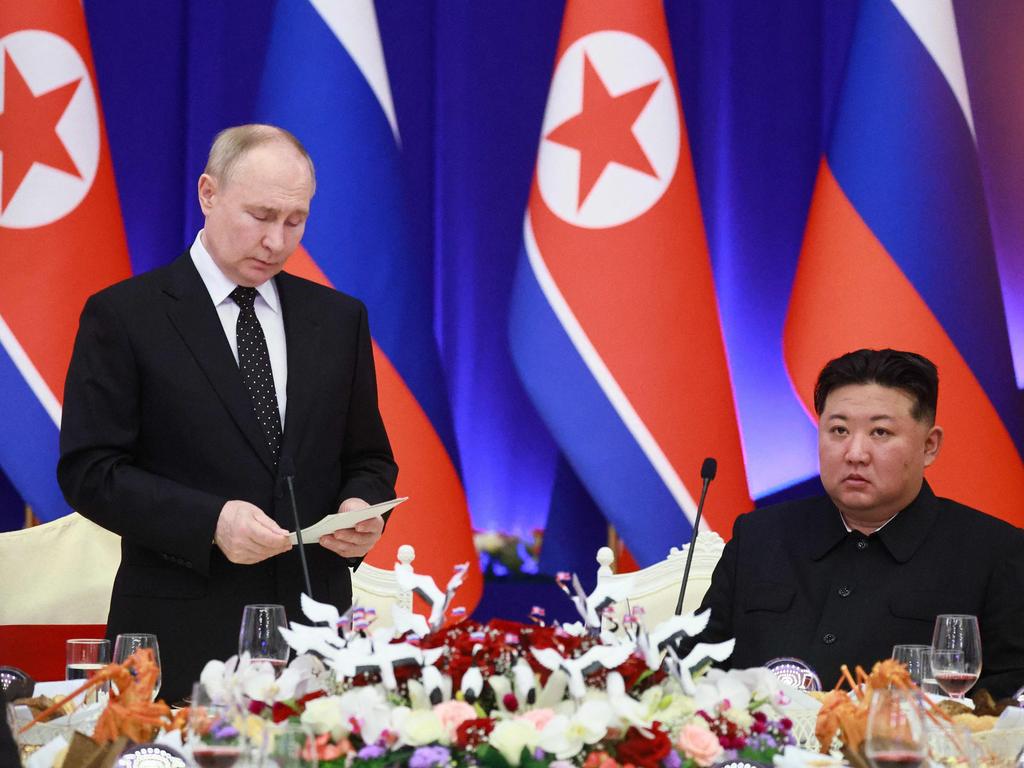
While Mr Austin did not comment on this aspect to the reporters, he did add it indicated Russian President Vladimir Putin “may be even in more trouble than most people realise” given the drawn out nature of the conflict which has depleted his resources.
Mr Austin said American would continue to monitor the situation.
“If they’re a cobelligerent, their intention is to participate in this war on Russia’s behalf, that is a very, very serious issue, and it will have impacts not only on in Europe — It will also impact things in the Indo Pacific as well,” Mr Austin said.
UKRAINE ‘VICTORY PLAN’ UNVEILED
The news comes a week after Ukrainian President Volodymyr Zelenskyy unveiled his long-awaited “victory plan” to end Russia’s invasion, rejecting any territorial concessions and urging ramped-up Western backing, including an invitation to join NATO.
The United States announced a $425 million ($A637 million) arms package for Kyiv hours after Mr Zelenskyy’s speech, vowing to give Ukraine the “equipment it needs to prevail”.
After pushing back Russian troops at the start of the invasion in February 2022, Kyiv is now facing mounting pressure to find an exit strategy as its troops suffer battlefield losses and Moscow intensifies its strikes on infrastructure.
Russia has seized around a fifth of Ukraine’s territory since the invasion began, reducing towns and cities to rubble and killing thousands of civilians.
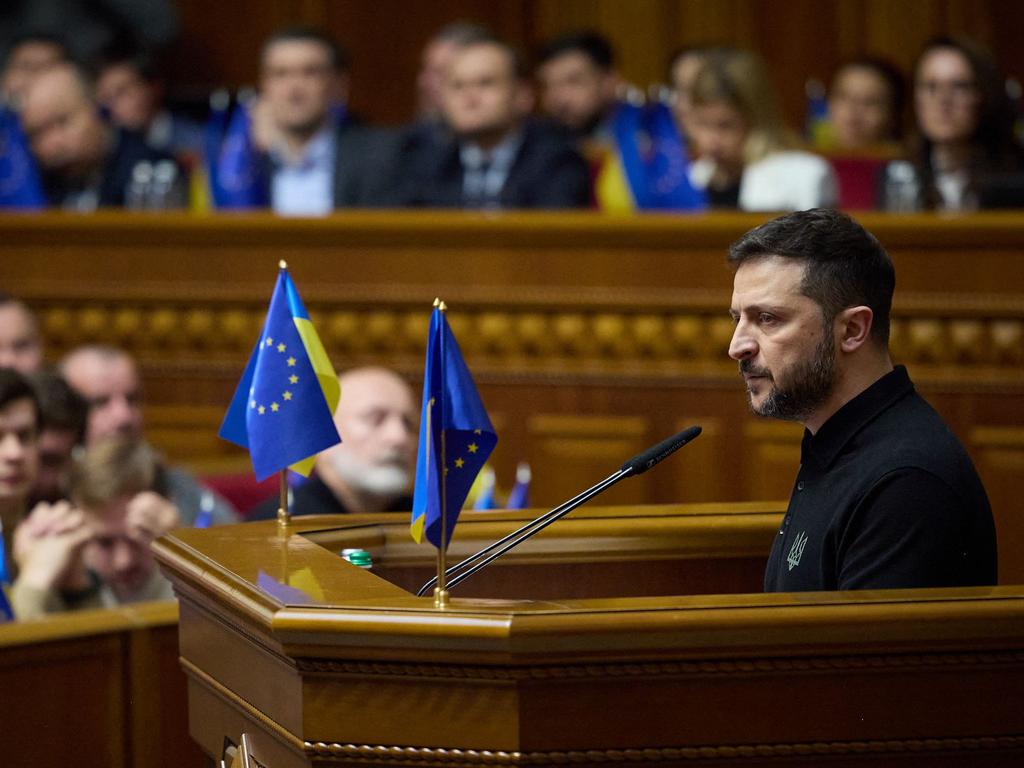
But in his address to politicians in Kyiv on Wednesday local time, Mr Zelenskyy ruled out the possibility that Ukraine could cede some territory to secure peace and also dismissed any pause in the conflict.
“Russia must lose the war against Ukraine. And this does not mean a freeze (in fighting) and it does not mean any trade in Ukraine’s territory or sovereignty,” the 46-year-old leader said, flanked by European Union and Ukrainian flags.
The number one priority in the five-part plan, the Ukrainian leader said, was closer integration with the US-led NATO defence alliance.
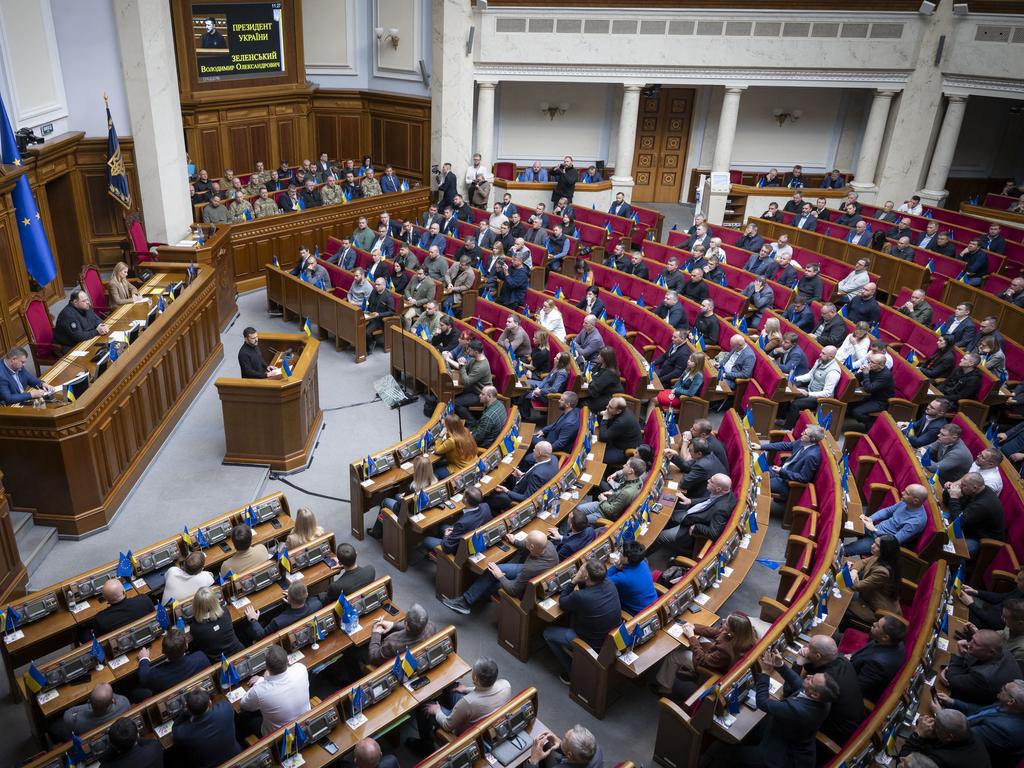
“The first point is an invitation to NATO, now,” Mr Zelenskyy said, claiming that Moscow had been undermining security in Europe for decades because Kyiv was not a member.
Mr Zelenskyy also said that his country’s Western allies should lift restrictions on Ukraine’s use of long-range weapons so Kyiv can target Russian military sites on occupied Ukrainian territory and also within Russia.
The Kremlin immediately dismissed Mr Zelenskyy’s road map to end the grinding conflict, describing it as “some ephemeral peace plan”.
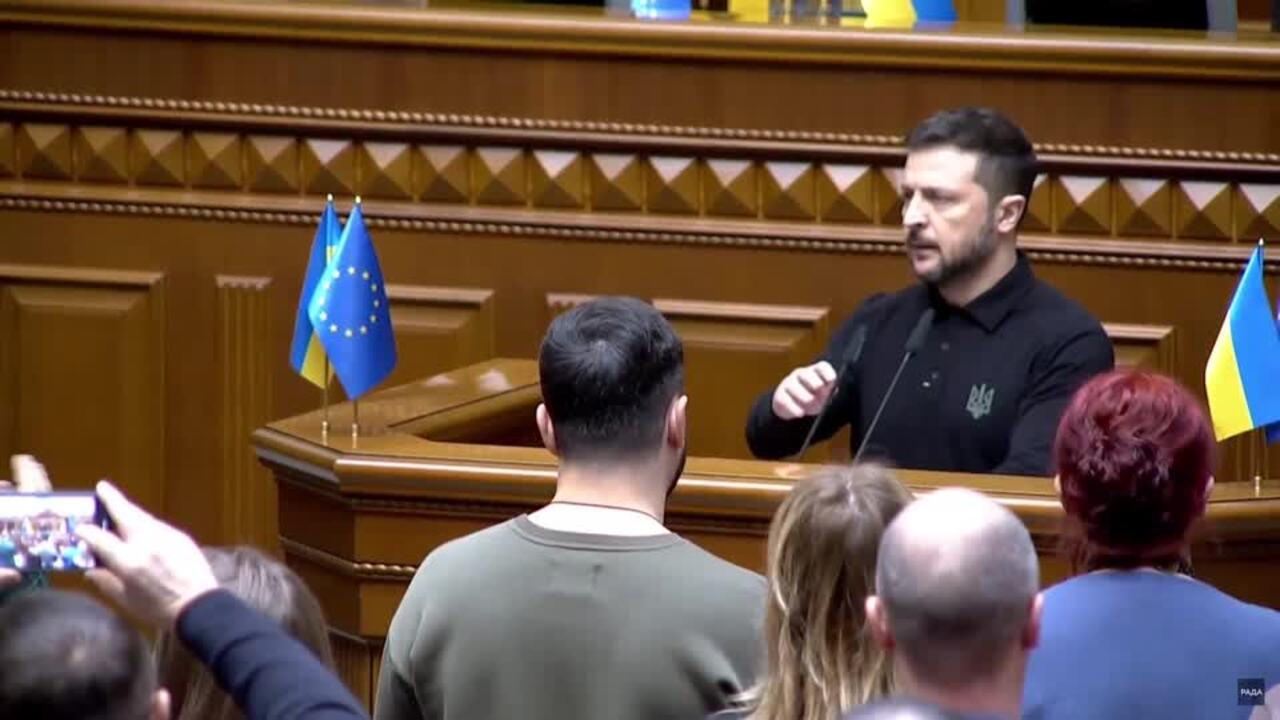
“The only peace plan there can be is for the Kyiv regime to realise the futility of the policy it is pursuing and understand the need to sober up,” Kremlin spokesman Dmitry Peskov said.
The foreign ministry meanwhile said Mr Zelenskyy’s plan meant “trouble for Ukraine and the Ukrainian people”.
“He is pushing NATO members towards a direct conflict with our country,” spokeswoman Maria Zakharova said.
Russia has demanded Kyiv abandon territory Moscow already controls in the east and south of Ukraine as a precondition for peace talks.
The Russian military announced during Mr Zelenskyy’s address that it had captured two more villages in eastern Ukraine, where its forces are steadily advancing.
AUSTRALIA’S BIG GIFT TO UKRAINE
The Albanese government is gifting dozens of battle tanks to Ukraine in its latest round of support for Kyiv’s fight against invading Russian forces.
The package, worth around $245m, will hand Ukraine 49 American-designed M1A1 Abrams nearing the end of their operational lives.
Defence Minister Richard Marles renewed Australia’s commitment to the Ukrainian cause.
“Australia’s support for Ukraine has not wavered since Russia’s illegal invasion and Australia will continue standing with Ukraine,” Mr Marles said in a statement announcing the fresh aid.
Since Russia invaded Ukraine in February 2022, Australia has given Kyiv some $1.5bn worth of aid to help fight back.
Canberra’s backing of Ukraine has earned Australia a spot on Russia’s register of “unfriendly countries” – a geopolitical naughty list.
M1A1 Abrams form the backbone of both United States and Australia’s tank forces and have been deployed by Western militaries in numerous campaigns.
Australia will retain a handful as the Army transitions to a new fleet of M1A2s.
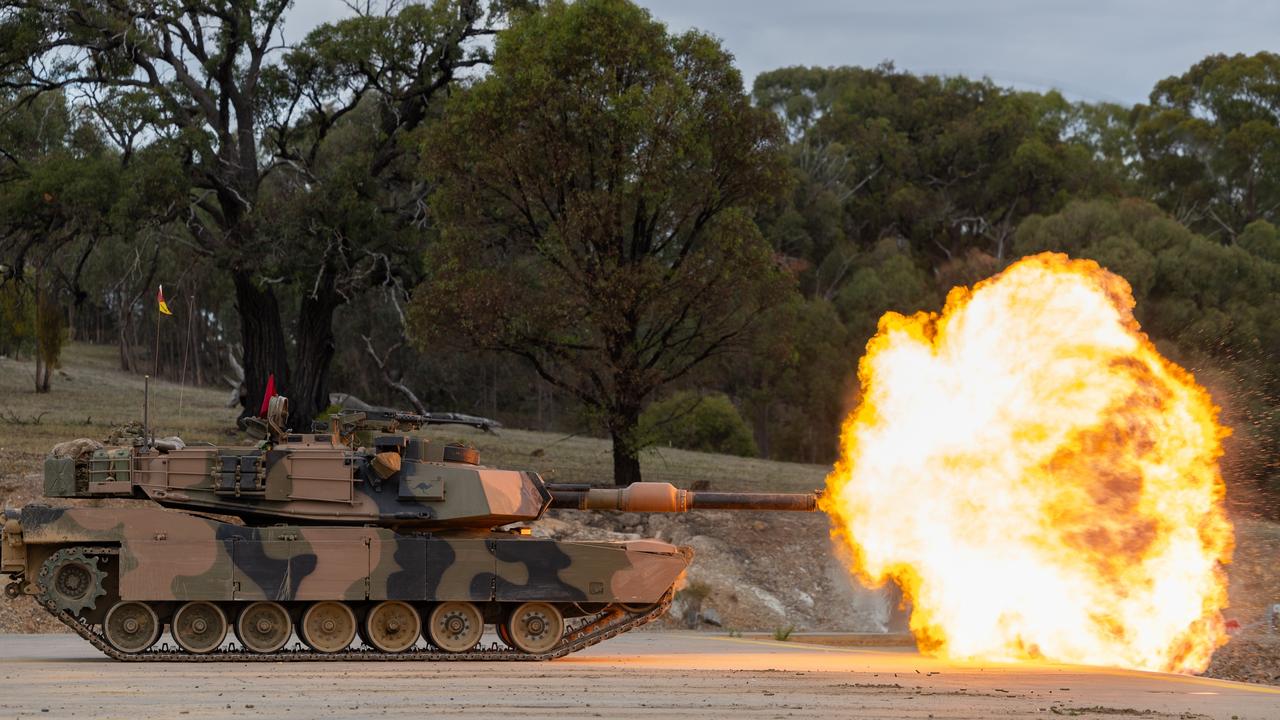
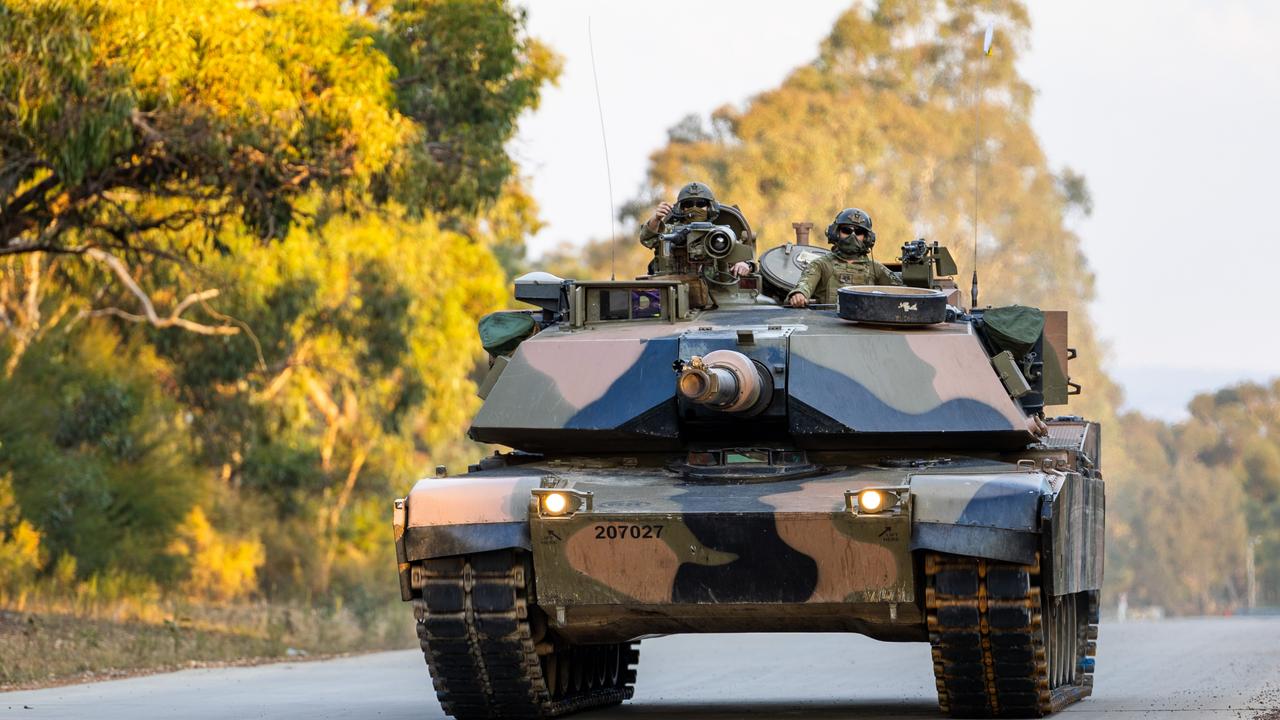
“These tanks will deliver more firepower and mobility to the Ukrainian Armed Forces, and complement the support provided by our partners for Ukraine,” Defence Industry Minister Pat Conroy said.
“As we face a challenging geostrategic environment, it is important that we continue to work together with our partners around the world to deter aggression and coercion and protect the global rules-based order.”
Mr Conroy will attend a summit of NATO defence ministers in Belgium’s capital Brussels later this week, where he will meet with his Ukrainian counterpart to confirm the aid package in person.
The tanks follow the Albanese government’s $250m assistance package announced in July, which included air defence missiles, antitank weapons and much needed artillery shells.
Australia has also shipped hundreds of personnel carriers to Ukraine, including 120 Bushmasters.
Russia’s war in Ukraine has killed and wounded hundreds of thousands on both sides and displaced more than 10 million people.
While Russian forces have continued to make minor advances in Ukraine’s east, it has come at an enormous human cost.
And with Ukrainian forces well and truly dug in on Russian territory, many analysts have questioned the sustainability of the conflict for Moscow.
Some 11,500 Ukrainians have found safe haven in Australia.
RUSSIA ‘SUSPECTED OF PLANTING BOMB’ ON PLANE TO UK
British counter-terrorism police are investigating whether Russian spies planted a bomb on a plane to Britain which later caught fire at a DHL warehouse in Birmingham.
Following an investigation by the Guardian and German broadcasters, police are now looking into whether Russia was behind the July fire.
A metropolitan police counter-terrorism spokesperson told the media outlet: “We can confirm that officers from counter-terrorism policing are investigating an incident at a commercial premises in Midpoint Way, Minworth.
“On Monday 22 July, a package at the location caught alight. It was dealt with by staff and the local fire brigade at the time and there were no reports of any injuries or significant damage caused.”
It is not known whether the device arrived via passenger plane or cargo plane and where it was destined for.
A similar incident recently occurred in Leipzig, Germany, with investigators checking whether the two are linked.
More Coverage
Originally published as Russia has spent two years rebuilding biological weapons lab



